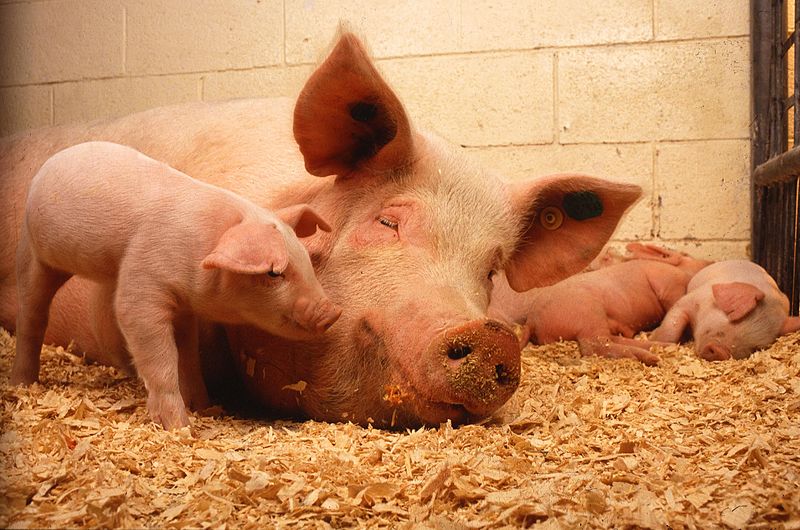During the second week of July, 12 cases of vesicular disease were discovered at two slaughter plants in Iowa. All cases have tested negative for Foot and Mouth Disease (FMD) and the other swine vesicular diseases, but 75% of them have tested positive for Senecavirus A, according to a National Hog Farmer report.

In all cases, there was no report of seeing clinical lesions at the site at the time of loading the market pigs, but the lesions and/or lameness were discovered during ante-mortem inspection by the USDA Food Safety and Inspection Service veterinarian.
Producers are encouraged to closely monitor their swine herds for: vesicles and coalescing erosions on the snouts and coronary bands, acute lameness in a group of pigs, ulcerative lesions on or around the hoof wall and anorexia, lethargy and/or febrile (In the early course of the disease, fevers up to 105 degrees F have been reported.)
If you see such signs, you are asked to immediately contact your herd veterinarian, who in turn needs to contact the state or federal animal health official.
Senecavirus A, formerly known as Seneca Valley Virus, has been identified in the U.S. swine population since 1988 and has most commonly been associated with “Idiopathic Swine Vesicular Disease.”
Related:

